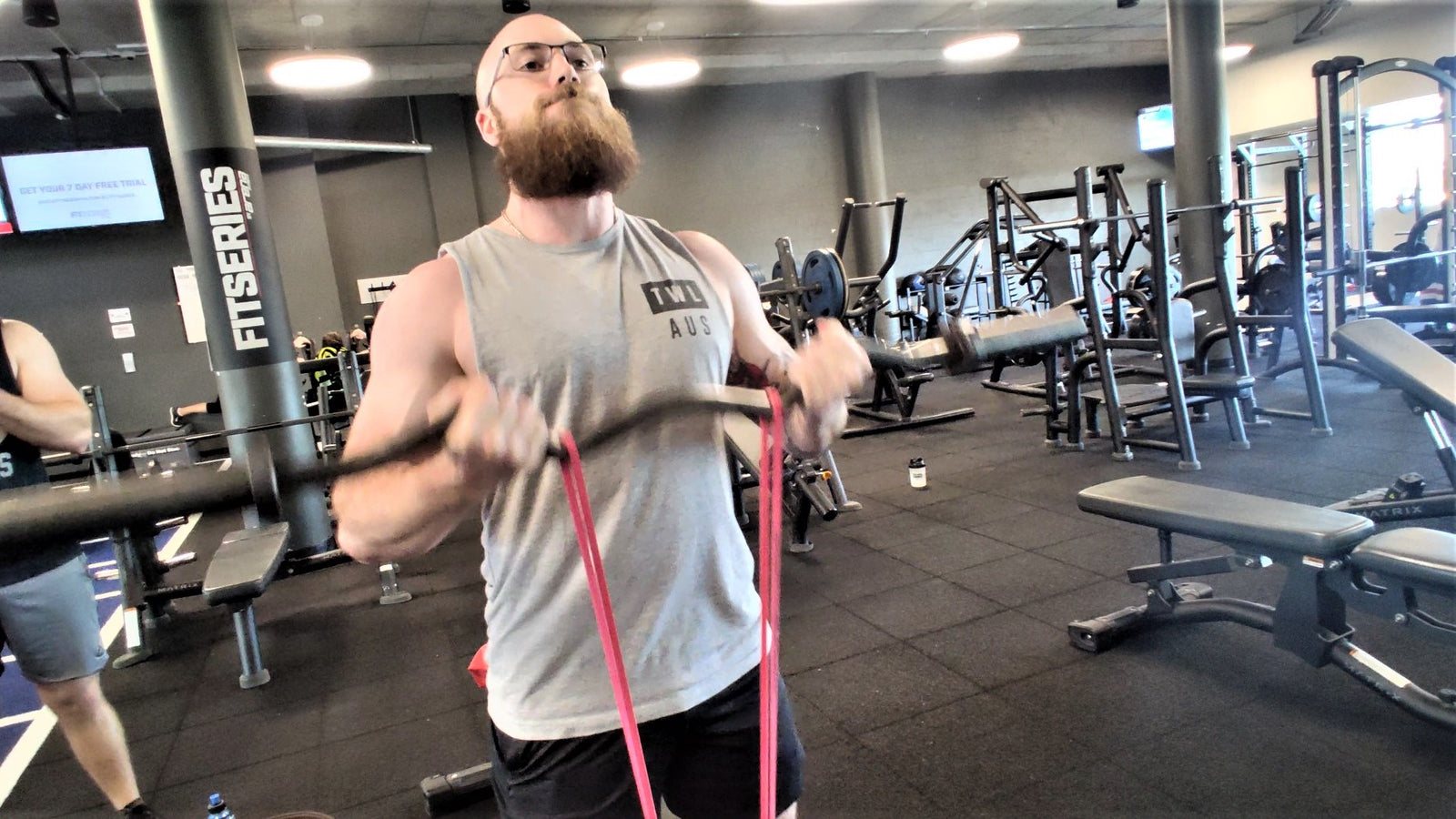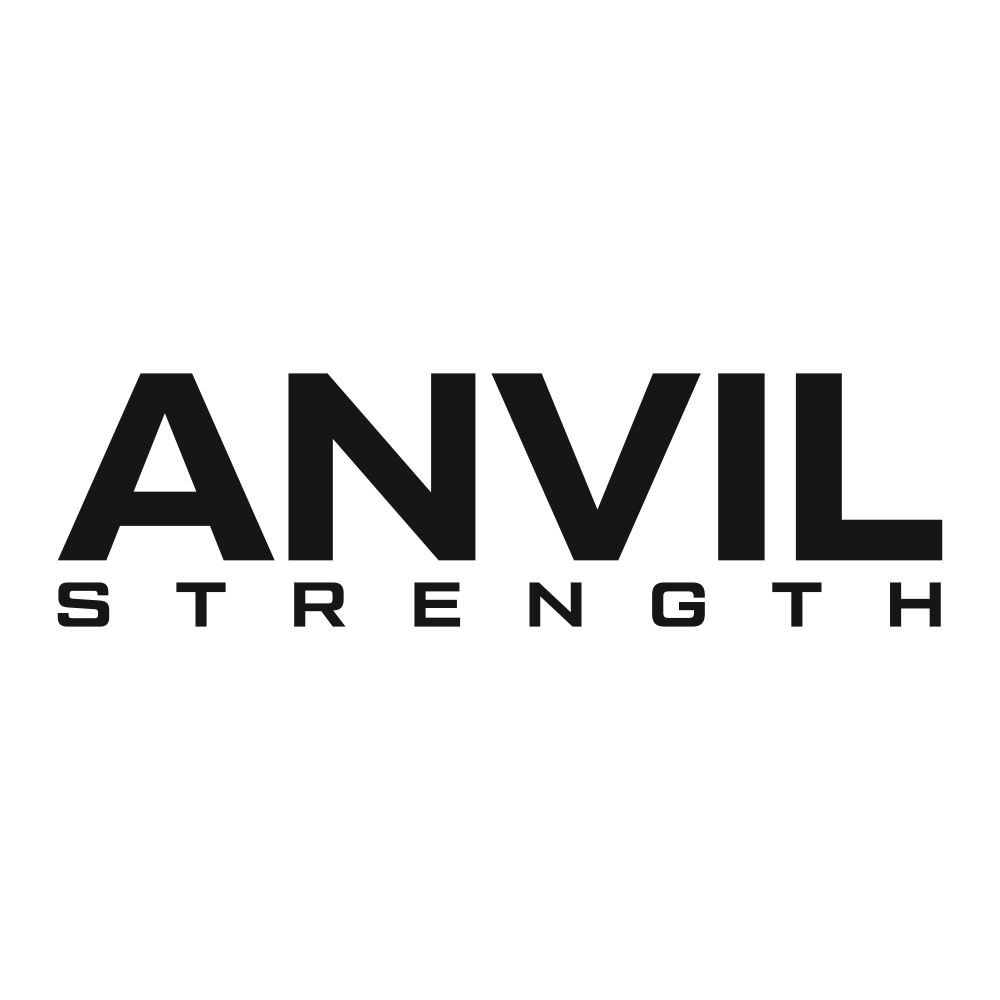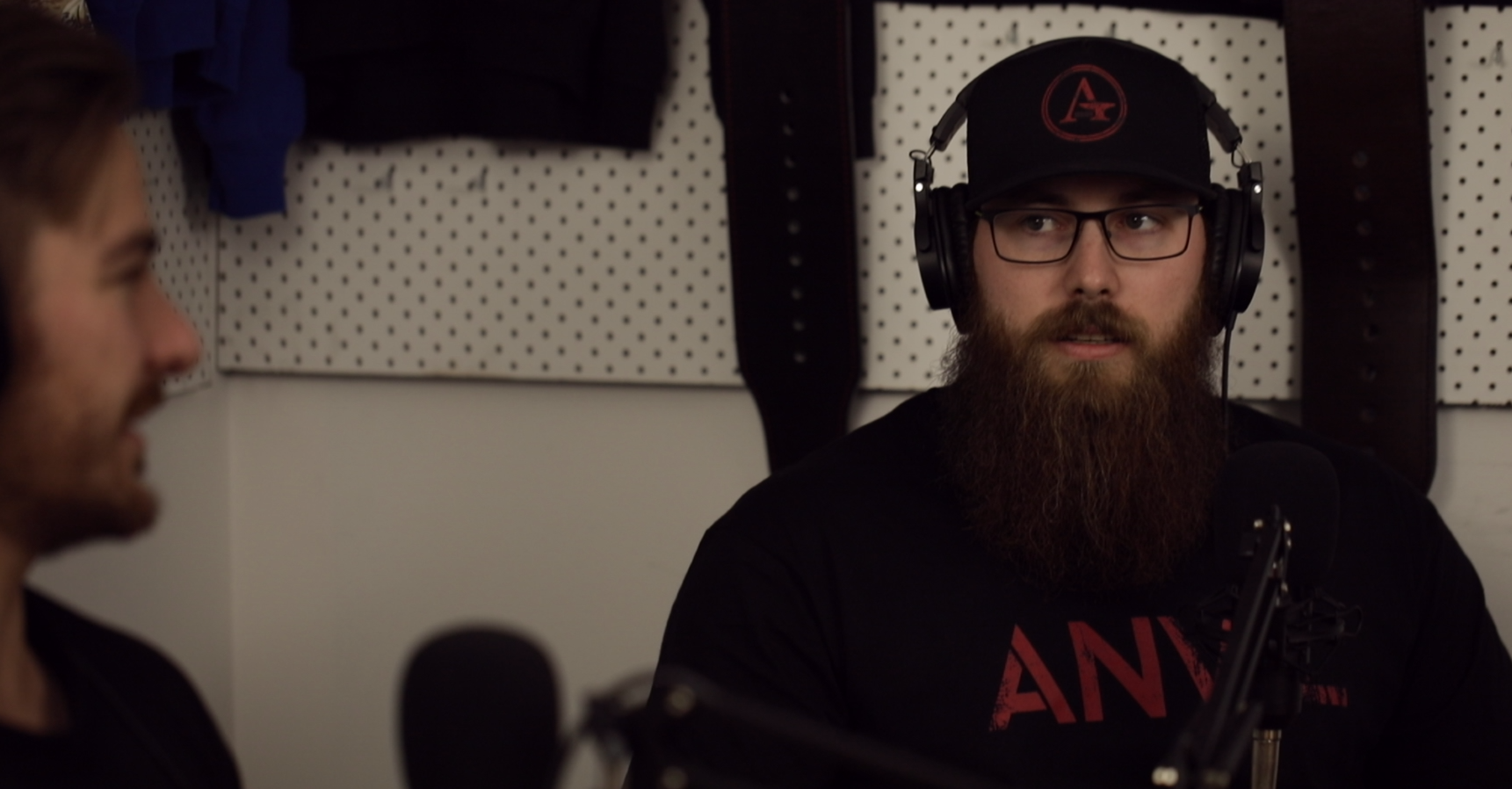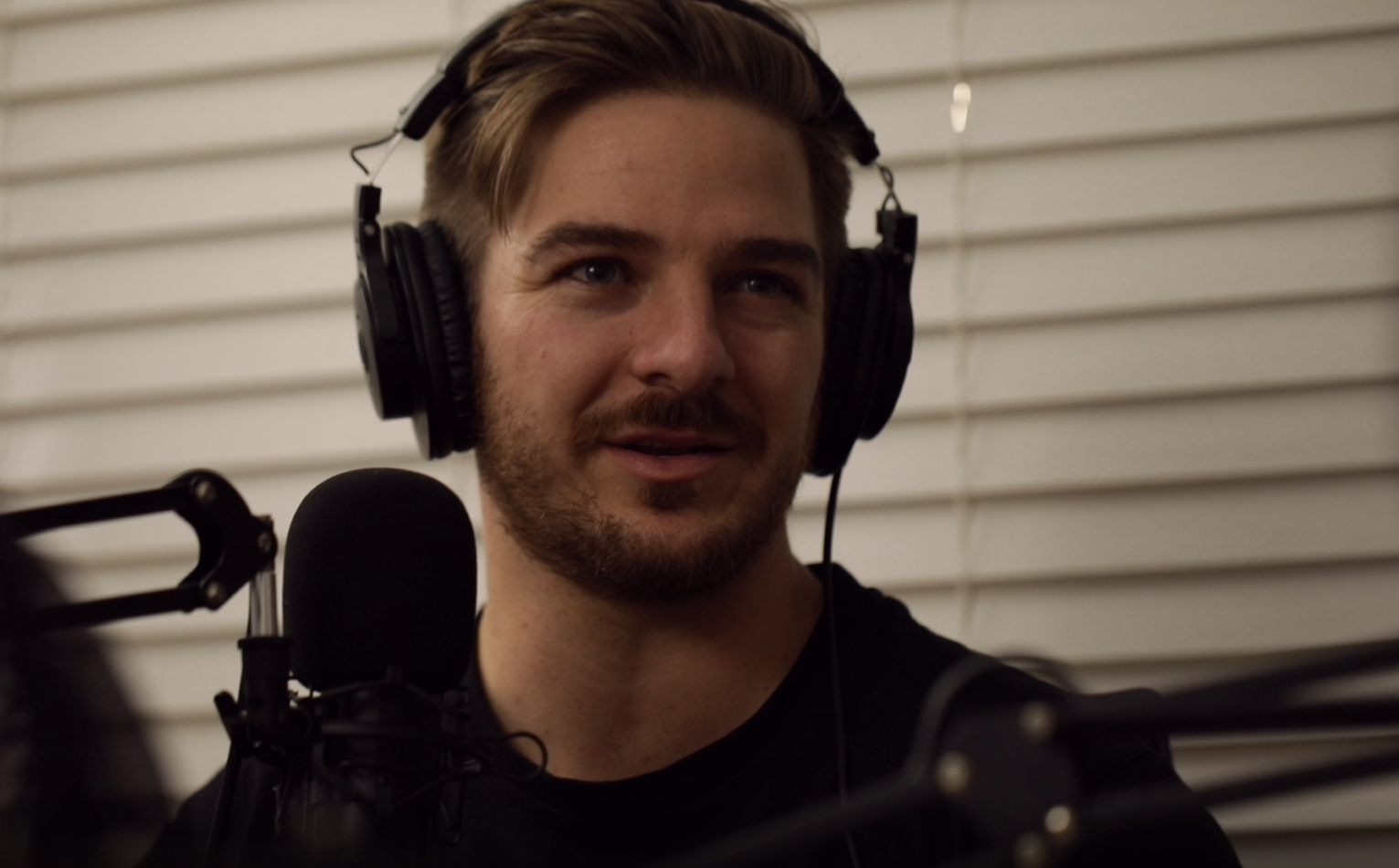Training for General Health and Wellbeing - Anvil Training Series Article 3

An Anvil Training Article by Marshall Officer
What is the Anvil Training Series?
The Anvil Training Series is a series of 12 articles throughout 2020 about key training concepts, written for the general reader. Physical training, in some form or another, should be a part of everyone’s life. Most of the basic concepts are very easy to understand and implement, although these days the industry has become muddied with complicated variations of basic concepts that can make choosing how to train quite intimidating. These articles are here so that you don’t need a degree and ten years’ experience to separate what matters from what doesn’t, and aim to help you navigate the muddy and ever-changing waters of the online fad fitness industry.
How do we define general health and wellbeing?
The hardest part about training for general health and wellbeing is figuring out exactly what that actually means. Although it is just general health, it is highly specific to each individual person. Not only do most people have unique goals, interests, and motivators - they also begin at completely different points. Some may be injured and looking to recover, some may be high-level competitive athletes looking to adopt different habits & prevent long-term negative consequences from their particular sport. To give context for this article, I will define general health and wellbeing within some parameters that will apply in a broader setting. Before I do that, though, I want to start with a disclaimer - if you are interested in making changes in your current training habits, you should sit down with a qualified professional to discuss your medical history and your goals, in order to ensure the changes you make are measurable, sustainable, and positive in the long run.
First and foremost, everyone should be doing some kind of regular exercise. In a perfect world, I believe exercise should be done daily, as a staple of whatever routine somebody has between opening their eyes in the morning and closing them at night. At a general level, the type of exercise doesn’t really matter, because the benefits from regular exercise speak for themselves. If I am advocating daily exercise, I believe it needs to be enjoyable enough for the individual that they look forward to it, rather than dread it. So, to define general health and wellbeing for the purposes of this article: a healthy body weight (which we can use the Body Mass Index (BMI) to assess at a very basic level), a healthy resting heart rate, a healthy average blood pressure, a healthy and consistent amount of sleep, and the ability to comfortably sit, stand, walk, run, bend, twist, push, pull, lift, and move through day to day tasks without concern for injury, pain, discomfort, or excess fatigue.
Looking at that list, I think it is fair to say there aren’t many people who can tick off every single one of those things. In addition to that, the human body is constantly moving between resting and active states, with fluctuations occurring on an hourly, daily, weekly, or monthly basis. At this point, you are probably thinking - if I have to achieve all of those things to be considered generally healthy, what’s the point? Even if I get there by the end of the year, some freak occurrence might happen that sets me back weeks, months, or years! And you’d be right, life is unpredictable. However, the one thing you can account for is your actions and reactions to events, and by putting a framework of sustainable, positive habits in place, you’ll be able to build a healthy lifestyle, recover faster and more completely from any injury or illness, or prevent irreversible deterioration due to medical conditions that would otherwise be completely life-changing. The sooner you start working on general health and wellbeing, the more likely you will be able to reap the short and long term rewards of a healthy lifestyle.
Before I get into how to train for this kind of lifestyle, motivation should be discussed. Exercise can be painful, unpleasant, or generally time-consuming for people who don’t think they have a lot of time to spare. So, why should you do it? Well, a very quick Google search will reveal that there is almost no end to the benefits to regular exercise. Some of my favourites are:
- reduce your risk of a heart attack
- manage your weight better
- lower your blood cholesterol level
- lower your risk of type 2 diabetes and some cancers
- lower your blood pressure
- have stronger bones, muscles and joints and lower risk of developing osteoporosis
- lower your risk of falls
- recover better from periods of hospitalisation or bed rest
- feel better – with more energy, a better mood, feel more relaxed and sleep better
A number of studies have confirmed the link between physical health and mental health (see references at the conclusion of the article), and here at Anvil, we are very passionate about this proven link - as well as taking a holistic view on overall health. Some benefits of exercise to your mental health are:
- Exercise may block negative thoughts or distract you from daily worries
- Exercising with others provides an opportunity for increased social contact and development of a support network
- Increased fitness may lift your mood and regulate your sleep patterns
- Exercise may also change levels of chemicals in your brain - increasing levels of serotonin and ‘feel good’ endorphins, and decreasing stress hormones
And, to put the icing on the cake - regular exercise will help you live longer. It’s a proven fact (see reference below), so if you needed any more motivation than the lists above, surely the idea of not dying is a pretty good reason to make time during the day for some kind of exercise.
We know the benefits, but what does it really involve?
I have a few guiding principles to training for general health and wellbeing. I like to start on a grand scale, and work my way down to the finer details, usually over time. If you haven’t been able to implement the absolute basics, there is no point in talking about macro-nutrients, push-pull splits, or mesocycles - they’re meaningless at this stage.
Where do I start?
Principle Number 1: Some form of exercise must be done every day.
Not 3 days a week. Not 6 days in the gym with a rest day for “recovery”. Not footy training on Tuesdays and Thursdays and a jog on Sunday mornings when you’re feeling sorry for yourself after a couple of big nights. If you’re looking to develop a positive, healthy routine - you need to teach your brain that this is not an extra thing you do on some days, it’s a staple part of your life. Rewiring the brain isn’t a part-time job - it is something that happens with ongoing time, energy and effort.
Hopefully, I haven’t lost anyone after the first rule. I expect the most common response was, “Impossible, I don’t have time to exercise every day”. Well, you’re wrong. I don’t want to beat around the bush, but if you want to train for general health and wellbeing, and you want to take advantage of all those awesome rewards mentioned earlier - then the time for excuses is over. We already know that “I don’t have the time” is the number one excuse out there. But what if I told you that after every meal, if you stand up and walk 5 minutes in one direction, turn around and walk back, you are exercising 30 minutes a day? If you work in an office, chances are you get a lunch break. You probably get some kind of morning tea or afternoon tea if you’re lucky, and you’ve probably got at least one co-worker who takes up to eight 15-minute smoke breaks a day. If that person can find the time in their busy schedule to spend 2 hours a day killing themselves, you can go for three 10 minute walks a day to extend your life. I’ve touched on how to make exercise a healthy habit in a previous article, but there are proven benefits to working a manageable form of exercise into each day. Look at the list above. It will clear your mind, reduce stress, make you more productive, and stop you from getting sick as much.
A good friend, fellow veteran, and strength and conditioning coach, Shaun Kober explains his perspective on this principle effectively, saying, “Something is better than nothing. Typically, when people say they don’t have time to exercise, they believe they require an hour in the gym, with travel time either side. This is not true. In fact, something I often recommend to my clients is to do ‘mini-sessions’ a few times a day - depending on what they do for work, allocated break times, and other life variables. An example of this is to allocate ten minutes, as soon as you get out of bed, to some form of mobility flow work to take the joints through range of movement, and activate the muscles throughout the entire body. If you’re an office worker, or spend considerable time throughout the day sitting, implement these same drills for three to five minutes for every ninety minutes you spend seated. After work, it may be as simple as taking the dogs for a run down at the park, or playing footy or throwing a ball or frisbee with the kids.”
Principle Number 2: Exercise must be enjoyable, practical, and sustainable.
When anyone asks me how to introduce training for general health and wellbeing into their lives, I always start with walking. It is easy and relatively enjoyable in comparison to most other forms of exercise - but walking is also practical and sustainable. Whilst you are walking, you can listen to a podcast, music, or an audiobook, and it doesn’t require any equipment or expensive monthly subscription. It is by far the most accessible way to teach your brain that exercising seven days a week is achievable. Alternatively, if you like to play a certain sport, you love running, you enjoy time in the gym, or if you can go for a swim - then do it. Three days of swimming a week and four days of walks is still seven days of exercise. Two nights at footy training and five walks - still seven days. I’m sure you get the point, but in case it isn’t clear: one is not a replacement for the other, and it has to be consistent. If you are making excuses for it, find something new. Or put your headphones in, and go for a walk.
Principle Number 3: It must be more than what you’re doing already.
There are a few scientific principles of strength training that explain this, but in simple terms: Your body adapts quickly to new stimulus if you are consistently exposed to it (usually at around six weeks). So, eventually three 10-minute walks won’t be enough. If you’ve managed to spend six weeks walking, thirty minutes a day, seven days a week - you will have taught yourself that you do have time to exercise, and you can increase the intensity. We are playing the long game here. If you find yourself shifting back towards unhealthy numbers (especially regarding BMI, heart rate and blood pressure), it’s time to ask yourself - “Is what I’m doing right now more activity than I’ve been doing for the past six weeks?” If you find yourself answering no, time to increase your activity. This could be as simple as walking eleven minutes instead of ten, walking up more hills, or going to the gym one day out of seven. It doesn’t have to be a lot more, it just has to increase.
This gradual increase in difficulty benefits your mental health as well. The positive mental reward of building a habit, the positive reinforcement when you can ‘level up’, and just feeling better in general all contributes to the bidirectional relationship of improving physical and mental health. There is also the link between exercise and mood improvement - if you’re having a tough day, something as simple as going for a walk outside can improve mood through the release of endorphins associated with exercise. Lifeline, a well known Australian mental health support organisation, recommends this to people who call in and are experiencing a deterioration in their mental health; as a way of clearing their head, getting their body moving, providing a positive distraction, and to help focus on breathing.
Principle Number 4: You must always be progressing towards healthy numbers.
This is where we want to get more specific. If you’ve been able to implement the first 3 principles, it’s time to step it up a little bit. My advice? Go to your doctor (GP) or a qualified Personal Trainer/Coach that you trust, and ask them to do a physical assessment. This assessment should include your current resting Blood Pressure, your current BMI, your resting Heart Rate, and some kind of assessment on what your daily eating habits look like. These are all things that can be positively impacted by positive lifestyle and dietary habits, and can in turn influence your overall health and wellbeing. Some relevant advice for the general population - if your BMI says you are trending towards overweight or underweight, the first step is to implement a balanced nutrition plan with slight caloric deficit (if overweight) or slight caloric surplus (if underweight) in order to move back towards a healthy BMI.
DISCLAIMER: This is advice for General Population. BMI is influenced by many things - age, sex, muscle mass, ethnicity etc. It is a measurement to be interpreted with caution - and this is something that can be done with the advice of relevant professionals. For heavily muscled athletes, BMI is far less of a priority compared to Blood Pressure and Resting Heart Rate.
Nutrition is a complicated subject that will be covered in more detail in other articles, however - a balanced, healthy and sustainable diet will help most individuals solve many general health concerns (no, eating blueberries will not cure cancer, but it might help you increase your daily intake of vitamins). If you are serious about training for general health and wellbeing, your diet is just as, if not more, important than your exercise. At the end of the day - know your numbers, go back to principles 1, 2 and 3, stick to them for 6 weeks, and then get reassessed. If things aren’t changing, your diet is the next suspect in line. There is also a link between gut health and mental health. There is evolving scientific evidence that emphasises the relationship between appropriate eating and mental health, so the clear link between healthy physical habits and sustainable mental health is also affected by what you fuel your body with every day.
And remember, you are looking for positive physical and mental health habits, that can be objectively measured to ensure you are headed in the right direction. This isn’t about just doing something to hit a certain number, it’s about building and learning positive, supportive physical and mental health habits. There are no perfect numbers, but there is constant growth and improvement that can always be worked towards. Ideally, you work on the habits yourself, and a qualified professional like a GP or coach/PT tracks the numbers, because they can offer a more educated and objective perspective. Take the time, every 6 weeks, to reflect on your processes and assess if they have made a positive or negative impact on your life overall. If you are developing negative habits just to hit a certain number, like your weight, you are doing more harm than good. There are a range of tracking tools you can use to ensure you aren’t just getting tunnel vision about your weight. We will release another article soon discussing progress tracking tools, but some simple ones are progress photos, a tape measure, a set of scales, and your clothing size over time. Please remember: Don’t just chase a number on the scale, use multiple tracking tools. Muscle weighs more than fat, so losing fat and gaining muscle (recomposition, a common change for beginners to resistance training who are burning fat and seeing an increase in muscle size) will mean the scale may not change significantly. What will change is measurements around certain body parts, like waist, upper thigh, upper arm, and hips, clothing size, and what you see in the mirror. Don’t fall into the trap of just using one tool to measure your progress!
Where to from here?
General health & wellbeing can be one of the hardest things to train for - because it’s extremely hard to account for everyone’s individual differences. It’s the little things that matter, and being consistent with building positive habits will trump all else in the long run. So, stick to the principles outlined above.
- Some form of exercise must be done every day. Thirty minutes minimum as a general rule. Teach your brain that exercise is a part of your life - no matter what.
- This exercise must be enjoyable, practical, and sustainable. Don’t do something you hate. There are millions of options out there. Find something you like and make time for it.
- It must be more than what you’re doing already. Check-in with yourself every 6 weeks. Is all that walking getting easier? Time to increase your activity.
- You must always be progressing towards healthy numbers. With all those benefits outlined above, you’re literally taking steps towards a longer, healthier, happier life. Make exercise a habit, speak to a qualified professional about your current baseline and particular goals towards which you should be aiming. And, if anyone ever tells you it’s impossible, find someone else who will facilitate your growth, not hinder it.
Stay tuned for more articles in the Anvil Training Series - the next few will be all about training for different types of goals. Hopefully, this article helped clear up some of the myths surrounding how to implement exercise for general health and wellbeing, and if you know someone who might find this article helpful, share it!
Train Smart. Train Hard.
Sources:
The Connection Between Physical and Mental Health
- Raglin, J.S. Exercise and Mental Health. Sports Med 9, 323–329 (1990). https://doi.org/10.2165/00007256-199009060-00001
- Deslandes A, Moraes H, Ferreira C, Veiga H, Silveira H, Mouta R, Pompeu F, A, M, S, Coutinho E, S, F, Laks J: Exercise and Mental Health: Many Reasons to Move. Neuropsychobiology 2009;59:191-198. doi: 10.1159/000223730
- Taylor CB, Sallis JF, Needle R. The relation of physical activity and exercise to mental health. Public Health Rep. 1985;100(2):195–202.
- Sharma A, Madaan V, Petty FD. Exercise for mental health. Primary Care Companion to the Journal of Clinical Psychiatry. 2006 ;8(2):106. DOI: 10.4088/pcc.v08n0208a.
- Megan L. Rogers, Mary E. Duffy, Jennifer M. Buchman‐Schmitt, Alison E. Datoc and Thomas E. Joiner, Exercise dependence: Associations with capability for suicide and past suicidal behavior, Journal of Clinical Psychology, 75, 1, (165-177), (2018).
- Martinsen, E. W., & Stephens, T. (1994). Exercise and mental health in clinical and free-living populations. In R. K. Dishman (Ed.), Advances in exercise adherence (p. 55–72). Human Kinetics Publishers
- Glenister, D. (1996). Exercise and mental health: a review. Journal of the Royal Society of Health, 116(1), 7–13. https://doi.org/10.1177/146642409611600102
The Benefits of Exercise
- Vina, J., Sanchis‐Gomar, F., Martinez‐Bello, V. and Gomez‐Cabrera, M. (2012), Exercise acts as a drug; the pharmacological benefits of exercise. British Journal of Pharmacology, 167: 1-12. https://doi.org/10.1111/j.1476-5381.2012.01970.x
- Fentem P H. ABC of Sports Medicine: Benefits of exercise in health and disease BMJ 1994; 308 :1291 https://doi.org/10.1136/bmj.308.6939.1291
- Larson EB, Bruce RA. Health Benefits of Exercise in an Aging Society. Arch Intern Med. 1987;147(2):353–356. doi:10.1001/archinte.1987.00370020171058
- Agarwal S. K. (2012). Cardiovascular benefits of exercise. International journal of general medicine, 5, 541–545. https://doi.org/10.2147/IJGM.S30113
- Ruby, M. B., Dunn, E. W., Perrino, A., Gillis, R., & Viel, S. (2011). The invisible benefits of exercise. Health Psychology, 30(1), 67–74. https://doi.org/10.1037/a0021859
About Us
Anvil Training and Development is a group of Australian veterans who care about the physical and mental health of veterans and emergency service workers. We’re passionate about ongoing education and working with others to implement positive change.
Instagram: Anvil Training & Development - @anvil.td
Facebook: Anvil Training & Development - @anvil.td
www.anviltd.com
(Article Edited, Proof Read, and Fact-Checked by Charlotte Officer)
VES Mental Health Resources: https://anviltd.com/pages/ves-australian-mental-health-resources









Leave a comment